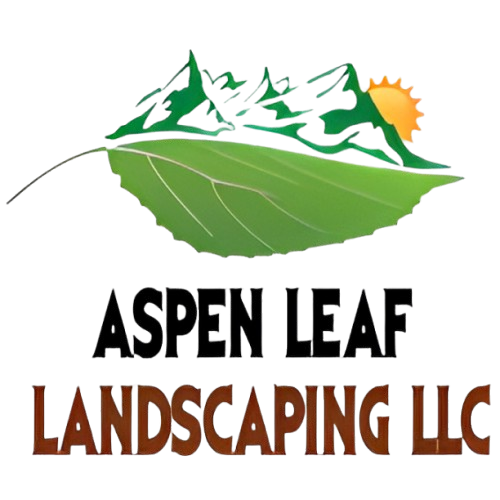How to Choose Landscapers in Salt Lake City
Finding quality landscaping professionals in Salt Lake City requires understanding local expertise, seasonal considerations, and design approaches that work in Utah's unique climate. The right landscaper will transform your outdoor space while considering Salt Lake City's elevation, soil conditions, and water conservation needs.
What Makes Salt Lake City Landscaping Unique?
Salt Lake City's high desert climate presents distinct challenges that require specialized knowledge. Successful landscaping services in Salt Lake City must account for intense UV exposure, temperature extremes, and water restrictions that affect plant selection and design approaches.
The valley's soil composition often requires amendment to support healthy plant growth. Professional landscapers understand how Salt Lake City's alkaline soil affects different plants and know which species thrive in these conditions. They'll recommend drought-tolerant options that maintain beauty while conserving water resources.
Salt Lake City's growing seasons are shorter than in warmer climates, making timing crucial for installation and establishment. Experienced local landscapers plan projects around optimal planting windows and weather patterns specific to the Wasatch Front.
How Should I Evaluate Landscaping Companies?
Start by verifying licensing and insurance coverage, which protects both you and the workers during installation. Reputable Salt Lake City landscapers carry appropriate liability insurance and workers' compensation coverage for all team members.
Review portfolios that showcase local work rather than generic examples. Look for projects that demonstrate understanding of Salt Lake City's unique environment, including water-wise designs and plant selections appropriate for Utah's climate zones.
Ask about experience with your specific project type, whether it's drought-resistant gardens, outdoor living spaces, or hardscaping services in Salt Lake City. Different specializations require different expertise levels and equipment.
Request references from recent customers in similar neighborhoods. Speaking with past clients provides insights into communication styles, project timelines, and long-term satisfaction with completed work.
What Questions Should I Ask During Consultations?
Inquire about their approach to Salt Lake City's water restrictions and xeriscaping requirements. Professional landscapers should understand local ordinances and design strategies that reduce water usage while maintaining aesthetic appeal.
Ask about soil testing and preparation methods specific to your property. Salt Lake City's varied soil conditions require different approaches depending on location within the valley.
Discuss maintenance requirements for proposed designs. Understanding long-term care needs helps you make informed decisions about plant selections and design complexity.
Request detailed timelines that account for Salt Lake City's seasonal weather patterns. Quality landscapers plan around optimal installation periods and potential weather delays.
Salt Lake City's Landscaping Advantages
Salt Lake City homeowners benefit from a growing community of landscape professionals who understand mountain west gardening. The area's emphasis on water conservation has driven innovation in beautiful, sustainable landscape design.
Local landscapers have access to plant varieties specifically adapted to Utah's climate zones. These professionals understand which species provide four-season interest while thriving in challenging growing conditions.
The region's focus on outdoor recreation creates demand for functional landscape designs that support active lifestyles. Experienced Salt Lake City landscapers design spaces that balance beauty with practical outdoor living needs.
Salt Lake City's diverse neighborhoods offer inspiration for various design styles, from contemporary xeriscaping to traditional mountain landscaping. Professional landscapers help homeowners choose approaches that complement their home's architecture and neighborhood character.
